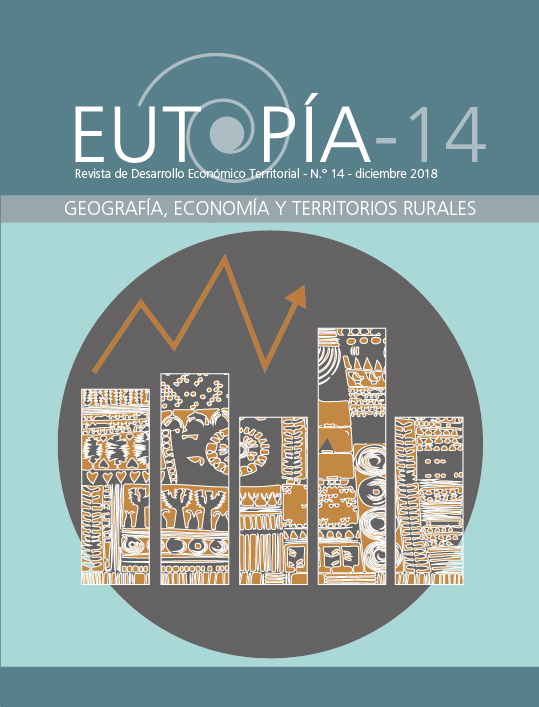The spatio-temporality of temporary agrarian workers. Notes for a theoretical-conceptual and methodological approach
Notes for a theoretical-conceptual and methodological approach
Abstract
The model of agribusiness in Latin America, marked by the imperative of flexibility, technological development and network production, has led to profound changes in employment and in the patterns of spatial mobility of capital and agrarian workers. Despite their limited visibility in recent studies, migrant temporary agrarian workers are a complex and heterogeneous group, present in a wide variety of labor markets. The aim of this article is to reflect on the spatiality of these workers, from a critical perspective. We review studies referred to migrant temporary workers in Latin America (focusing on Argentina, Mexico and Brazil), in order to examine the way in which the spatial dimension has been approached, taking as reference the passage from structuralist perspectives on mobility to post-structuralist. We present a case study in the Pampas region (Argentina) about workers specialized in new technologies. We offer a theoretical-conceptual and methodological proposal with axis in the concept of “spatio-temporal fix”, which allows to approach in an integrated and dialectical way the different senses of spatiality, the spatial and temporal dimension and the strategies of workers in relation to those of capital.
Downloads
Copyright (c) 2018 Juan Pablo Venturini, Hortensia Castro

This work is licensed under a Creative Commons Attribution-NonCommercial 4.0 International License.

Eutopía, Revista de Desarrollo Económico Territorial, operates under Creative Commons Attribution-No Derivative Work 3.0 unported (CC BY-ND 3.0).
The authors who publish in Eutopía accept these terms:
You are free to share / copy and redistribute the material in any medium or format for any purpose, including commercial. Therefore, authors retain the copyright and cede to the journal the right of the first publication (CC by-ND 3.0), which allows third parties the redistribution, commercial or noncommercial, of what is published as long as the article circulates without changes.
The following conditions exist for the authors:
Recognition - you must recognize the authorship, provide a link to the license and indicate whether changes have been made. You can do this in any way reasonable, but not in a way that suggest that has the support of the licensor or receives it by the use he makes.
Without Derivative Work – If you remixed, transform or create a work from the original material, you cannot broadcast the modified material.
For more details, visit the page of Creative Commons (CC).


























